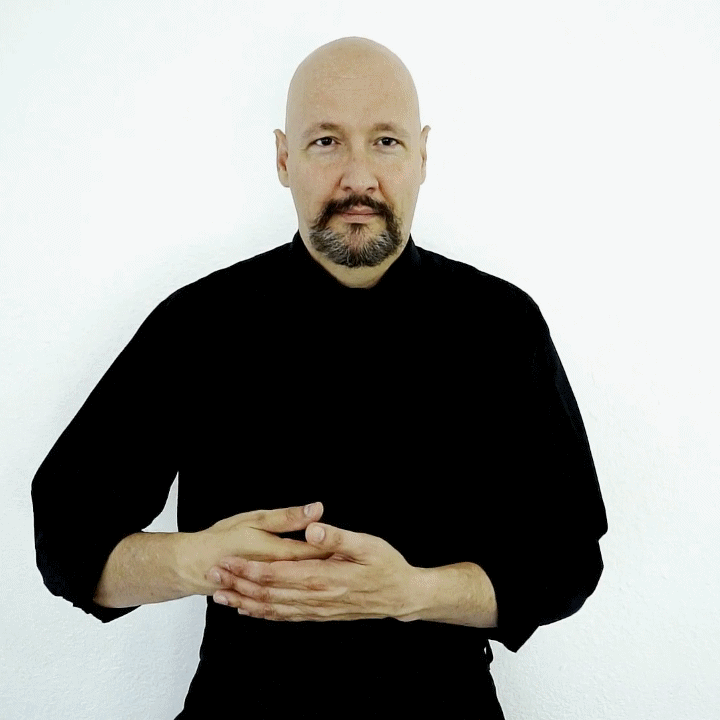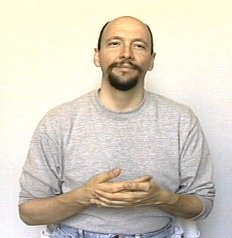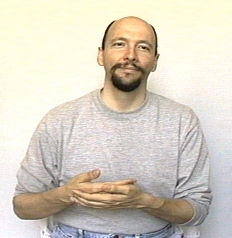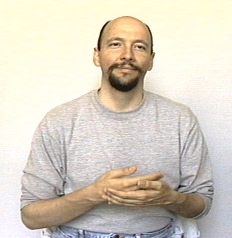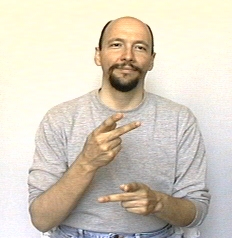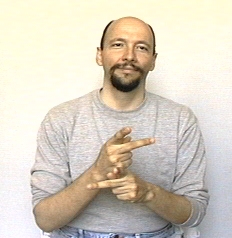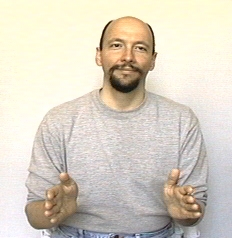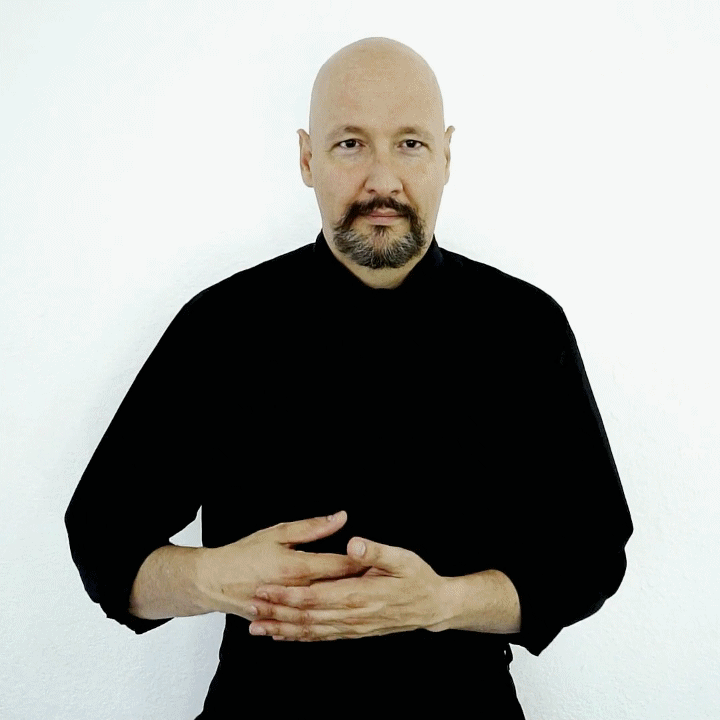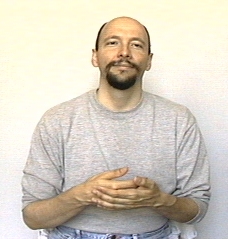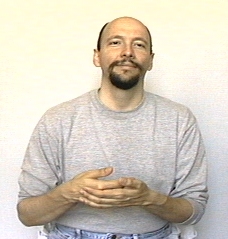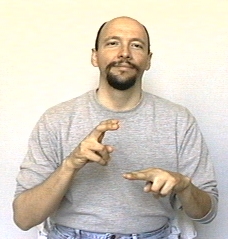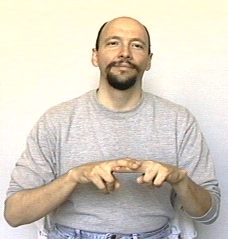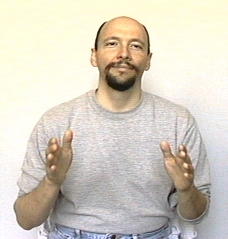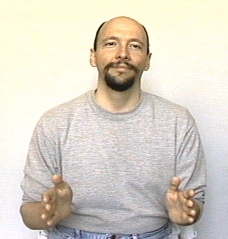American Sign Language: "babysitter"
There are several ways to do The sign for "babysitter" . One is to sign "baby" and a shortened form of the sign "take-care-of" + "agent." Which means "keep" or baby keeper."
The other is to sign "baby" + "sit" + "agent."
BABYSITTER (baby + keep + person).
Some people will try to tell you that the "baby" + "sit" version is not "ASL." I think it is. Let's face it, many, many deaf people use the "sit" version. Learn them both and don't worry about it.
Babysitter:
"babysitter"
Version: BABY-WATCHER
Sign "BABY" then use a two handed "LOOK-at" with a double movement, pointed forward and downward as if looking at a baby in a crib.
Notes: No need to read below for your ASL class.
In a message dated 10/21/2008 8:38:51 A.M. Pacific Daylight Time, cornelia.loos@ writes:Hey Bill,
Hope you had a great summer. I'm back from fieldwork and analyzing my data - and there's this sign I'm wondering about. On your website you give two translations for 'babysitter', and I encountered a third version: BABY is followed by a sign that looks like : 'the two A hands, palms towards the body, are brought down in neutral space a little distance'. I'm wondering if this is an old sign for 'sit' which got out of use, because my consultants said that they never used this sign in any context other than BABY SIT. Maybe you know it and know whether it is used anywhere else and has a meaning of its own.
Thanks a lot
CorneliaCorneilia,
I haven't seen that version in Utah, California, Oregon, Indiana, or Washington D.C. (The areas where I have lived.)
Of course I realize that doesn't mean it isn't used by people in those areas, but for what it is worth, I haven't seen it.
I will ask my colleagues to see if they've seen that variation and if they have any thoughts as to its origin.
I'm wondering if at some point it was intended as "BABY-WITH" and mutated into the movement you describe.--BillNote: Cornelia Loose is an undergrad from Germany working on her thesis regarding compound formation in ASL. One aspect of her thesis is "headedness" in ASL nominal compounds. She is investigating the extent to which a head (the more prominent element of a compound, e.g. 'house' in 'greenhouse') takes plural marking.
Want to help support
ASL University? It's easy:
DONATE (Thanks!)
(You don't need a PayPal account. Just look for the credit card
logos and click continue.)
Another way to help is to buy something from the ASLU "Bookstore."
Want even more ASL resources? Visit the "ASL Training Center!" (Subscription
Extension of ASLU)
CHECK IT OUT >
Bandwidth slow? Check out "ASLUniversity.com" (a
free mirror of
Lifeprint.com less traffic, fast access)
VISIT >
You can learn
American Sign Language (ASL) online at American Sign Language University ™
Lifeprint.com © Dr. William Vicars
